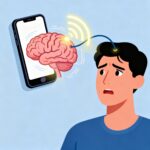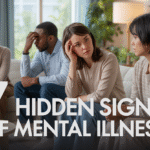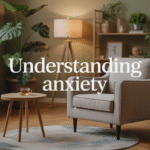Understanding the Difference Between Anxiety and Stress
The Nature and Purpose of Normal Stress Responses
Stress is your body's natural way of responding to demands or threats. When you face a tight deadline at work or need to slam on your car brakes, your body activates a temporary stress response designed to help you handle the situation. This reaction isn't inherently bad – it's actually a survival mechanism that's been with us since prehistoric times.
When stressed, your body releases hormones like adrenaline and cortisol, triggering the famous "fight-or-flight response."
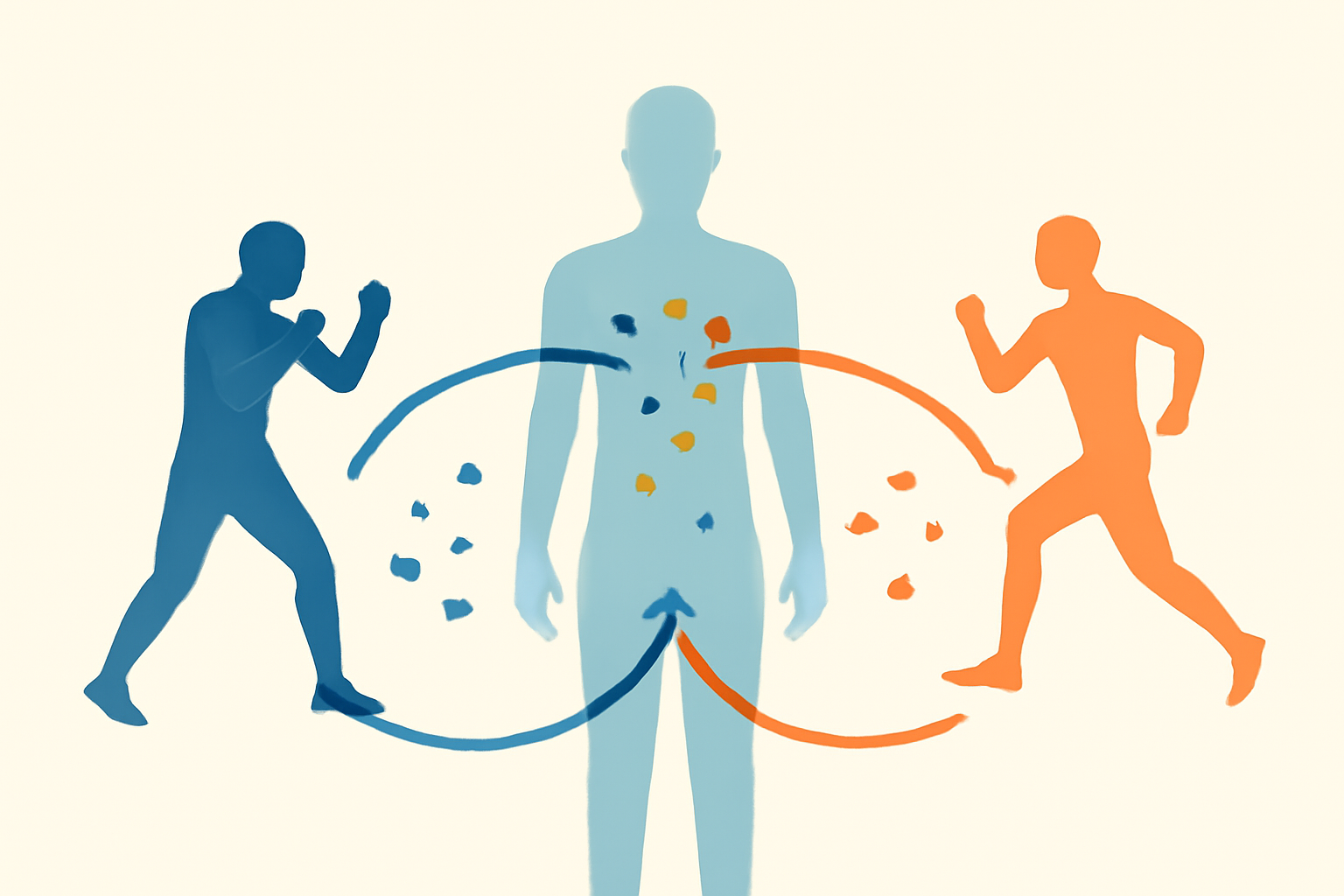 Your heart beats faster, breathing quickens, and muscles tense up, preparing you to either confront the threat or escape from danger. This physiological reaction served our ancestors well when facing predators and continues to help us today when we need extra focus and energy.
Your heart beats faster, breathing quickens, and muscles tense up, preparing you to either confront the threat or escape from danger. This physiological reaction served our ancestors well when facing predators and continues to help us today when we need extra focus and energy.
The key characteristic of normal stress is that it's temporary. Once the challenging situation passes – you submit that report or safely avoid the traffic incident – your body systems should return to baseline within hours. Typical stress has a clear beginning and end.
When Stress Crosses Into Clinical Anxiety Territory
Anxiety differs from stress in several critical ways. While stress responds to actual threats, anxiety often involves excessive worry about potential dangers that may never materialize. You might find yourself constantly anticipating worst-case scenarios despite little evidence they'll occur.
The most telling sign is duration. Normal stress subsides when the stressor disappears, but anxiety persists long after – sometimes for months. The intensity also differs; anxiety symptoms typically feel more severe and overwhelming than regular stress responses.
Another distinction lies in trigger specificity. Stress has clear causes – a job interview or financial pressure. Anxiety, however, may appear without obvious triggers or from situations most people wouldn't find threatening, like routine social interactions or leaving home.
The Overlap: Why Distinguishing Between Them Can Be Challenging
Telling the difference between anxiety and stress can be tricky because they share many physical symptoms.
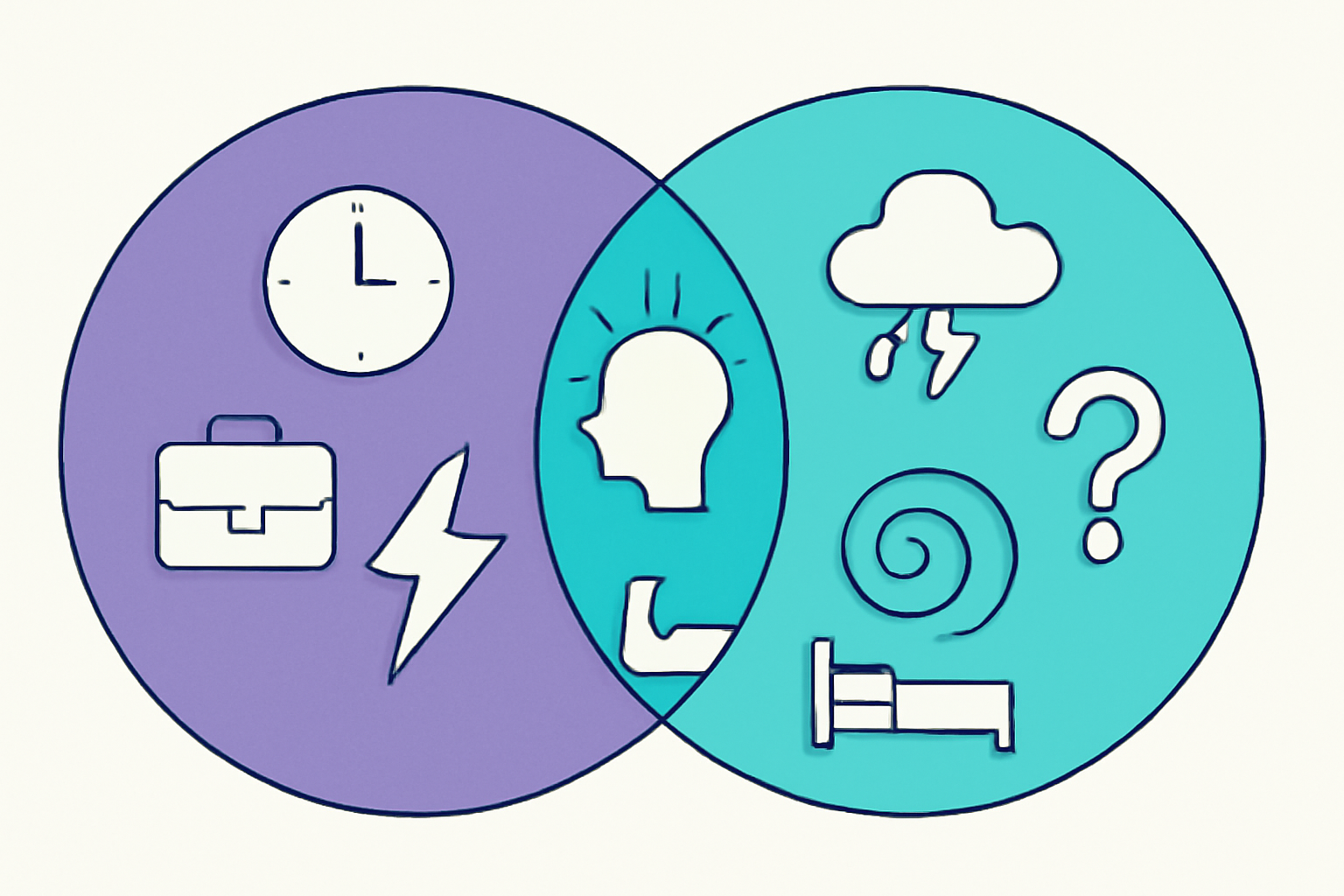 Both can cause headaches, muscle tension, and sleep problems. This overlap often leads people to dismiss anxiety as "just stress."
Both can cause headaches, muscle tension, and sleep problems. This overlap often leads people to dismiss anxiety as "just stress."
Chronic stress further complicates the picture. When stress becomes ongoing, it can develop into an anxiety disorder over time. The line between the two conditions becomes blurry as prolonged stress dysregulates your body's stress-response systems.
Cultural and personal factors also influence how we perceive and describe our symptoms. Some cultures stigmatize mental health conditions, making people more comfortable labeling their experience as "stress" rather than "anxiety." Family attitudes and personal beliefs about mental health can similarly affect how we interpret and communicate what we're feeling.
Physical Symptoms: Red Flags That Indicate Anxiety
Common Physical Symptoms of Everyday Stress
Your body has natural ways of responding to stressful situations. When you're facing a work deadline or preparing for an important event, you might experience temporary tension headaches that throb at your temples or tightness across your shoulders and neck. These physical reactions typically fade once the stressful situation passes.
Sleep disruptions are another normal response to stress. You might toss and turn the night before a big presentation or wake up earlier than usual during a challenging week. These sleep issues generally resolve themselves once things calm down.
Many people also notice digestive changes during stressful periods – perhaps a nervous stomach before an interview or looser bowels when anxious about travel.
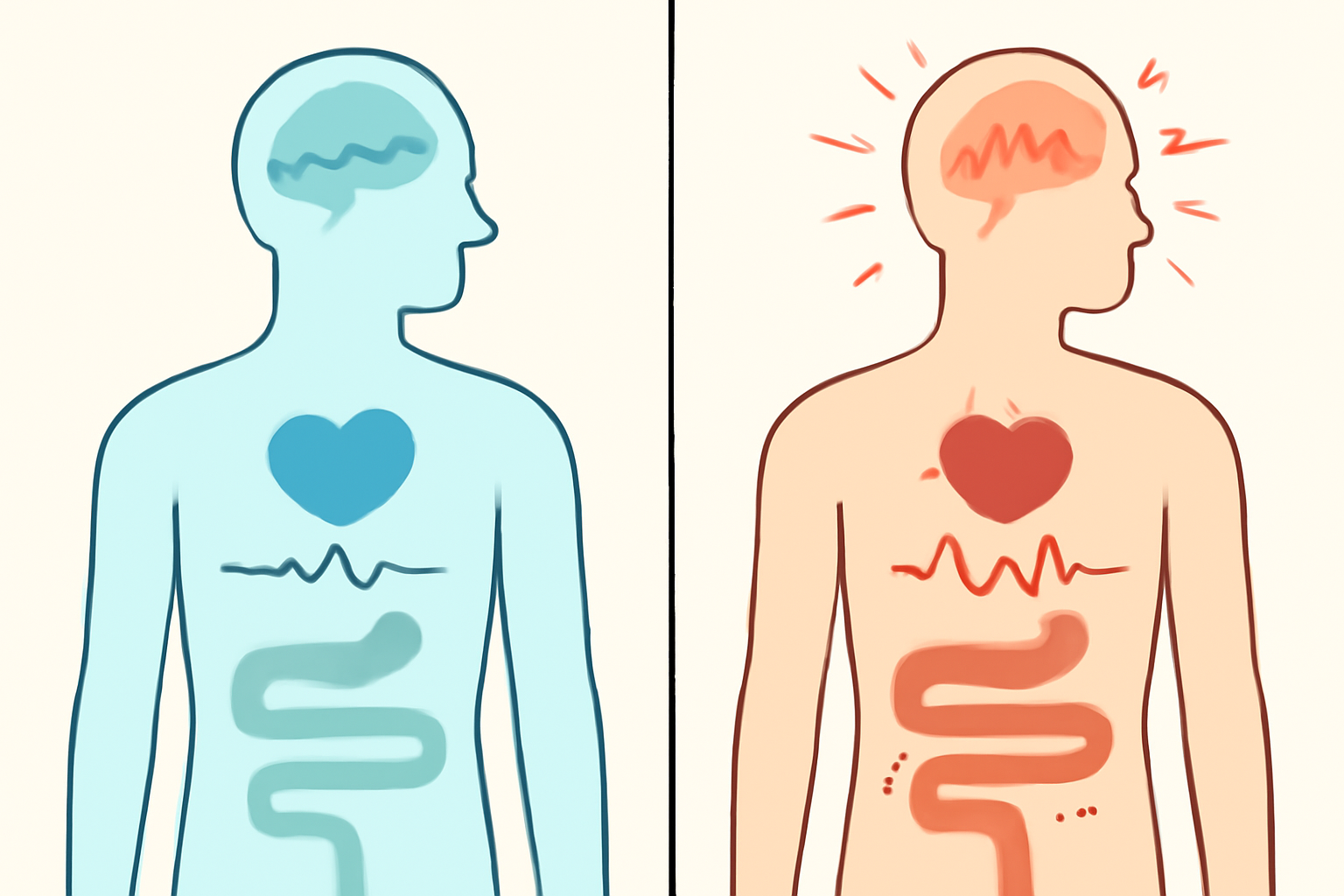 According to Mayo Clinic's stress management resources, these reactions are common and usually subside naturally when the stressor is removed.
According to Mayo Clinic's stress management resources, these reactions are common and usually subside naturally when the stressor is removed.
Physical Symptoms That Signal Anxiety Disorders
While stress symptoms are temporary, anxiety disorders produce more persistent physical sensations. A racing heart that pounds in your chest even during relaxed moments, unexplained chest pain, or frequent shortness of breath might indicate you're dealing with anxiety rather than normal stress.
Sleep problems take on a different character with anxiety disorders. You might struggle to fall asleep night after night as worry thoughts loop through your mind, or wake repeatedly throughout the night, unable to return to sleep. These issues persist regardless of what's happening in your life.
Pay attention to physical symptoms that seem to come out of nowhere – sudden dizziness, trembling hands, or profuse sweating without exertion or heat. These can be signs your body is stuck in an anxiety response.
Digestive issues like chronic stomach pain, persistent nausea, or irritable bowel symptoms that continue regardless of life circumstances may signal an anxiety disorder, according to psychiatry experts.
The Body's Anxiety Response: Understanding Physiological Patterns
Anxiety triggers your autonomic nervous system, which controls automatic bodily functions. This activation floods your system with stress hormones like adrenaline and cortisol, preparing you to fight or flee – even when no real danger exists.
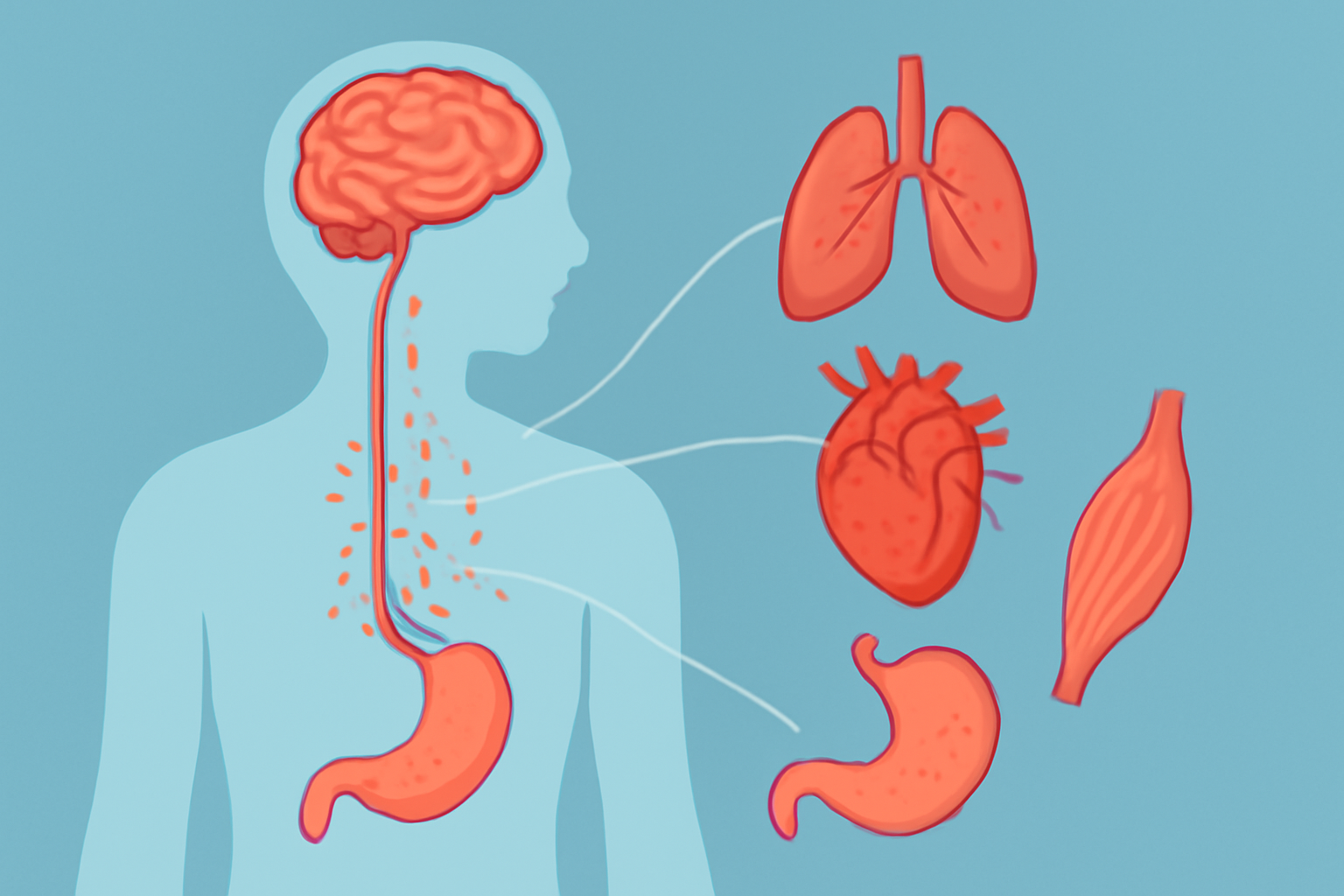
When anxiety becomes chronic, prolonged exposure to cortisol can lead to serious physical symptoms. Your heart works harder, muscles remain tense, and digestive system functions abnormally. This explains why anxiety can cause everything from headaches to stomach troubles.
Unlike normal stress responses that have clear triggers, anxiety symptoms often appear randomly. You might experience a racing heart while watching TV or panic symptoms while grocery shopping. Harvard Health explains that this happens because your body's alarm system becomes dysregulated, firing without appropriate external causes.
Self-Assessment: Tracking Physical Symptoms Over Time
Creating a symptom journal can help you distinguish between stress and anxiety. Note when symptoms occur, their intensity (scale of 1-10), duration, and any potential triggers. Over several weeks, patterns may emerge that clarify whether you're experiencing normal stress or an anxiety disorder.
Ask yourself key questions about your symptoms:
- Do they persist even during calm periods?
- Are they interfering with your daily activities?
- Have they lasted longer than a month?
- Do they seem disproportionate to your situation?
Certain physical symptoms warrant immediate medical attention. Severe chest pain, difficulty breathing, extreme dizziness, or fainting require emergency evaluation to rule out other medical conditions. Mental health charity Mind provides comprehensive guidance on recognizing when symptoms need urgent assessment.
Mental and Emotional Warning Signs of Anxiety Disorders
Normal Stress-Related Thought Patterns
When you're dealing with everyday stress, your mind typically responds in predictable ways. You might worry about a specific situation—like an upcoming presentation or deadline—but these thoughts generally fade once the stressor passes. Most people experience temporary difficulty concentrating during high-pressure periods, finding it harder to focus on tasks unrelated to what's causing stress.
Your emotional responses during normal stress tend to match the actual threat level. Getting nervous before a job interview or feeling tense during a conflict is completely natural and appropriate to genuine challenges. These responses serve a purpose, preparing you to face the situation effectively.
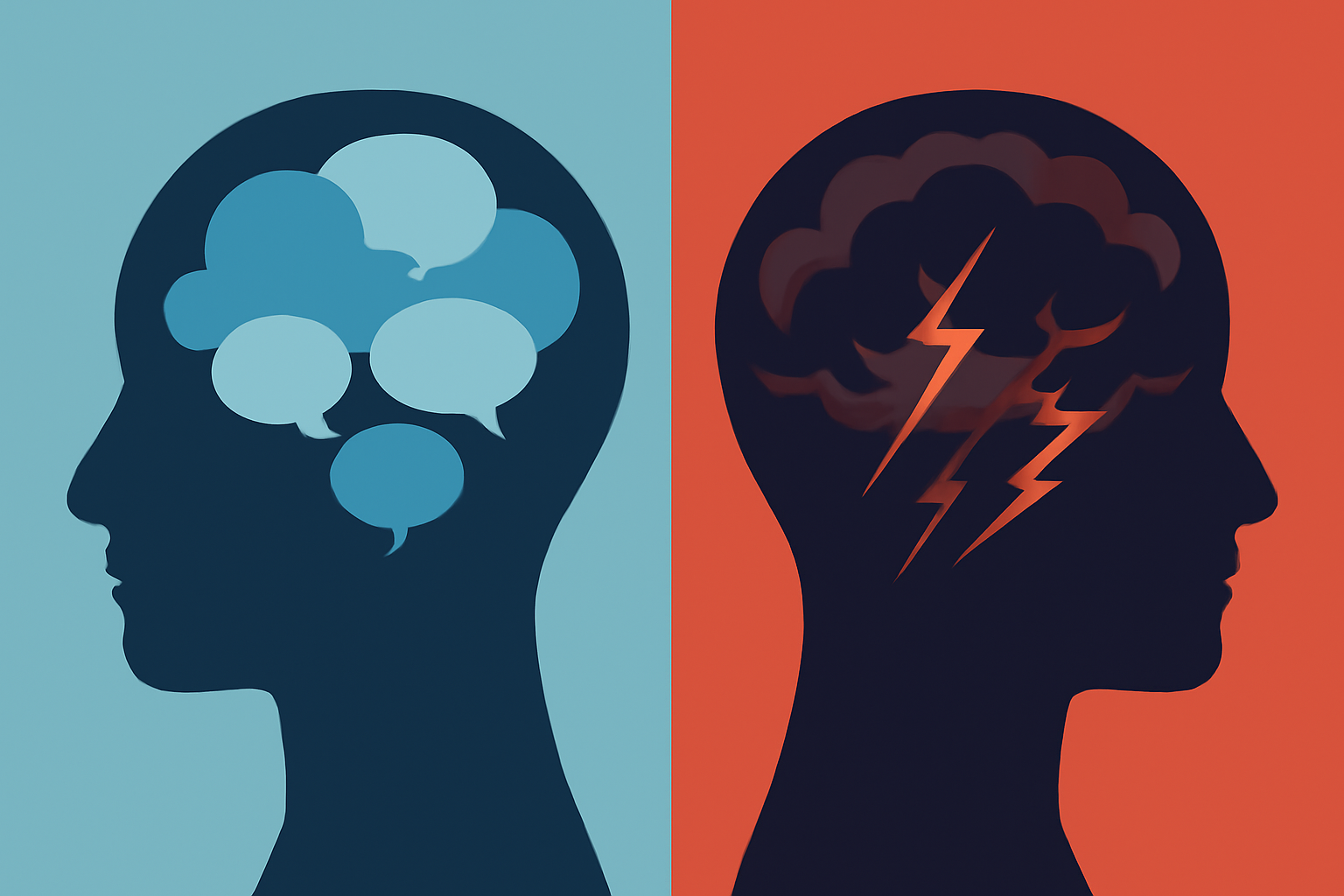
Cognitive Signs That Indicate Anxiety Disorders
The difference between anxiety and stress becomes clearer when examining thought patterns. With anxiety disorders, catastrophic thinking dominates—you constantly expect the worst possible outcomes in situations that objectively pose minimal risk. This goes beyond normal caution.
People with anxiety often experience excessive worry spanning multiple areas of life—health, relationships, work, and even mundane daily activities. This worry feels impossible to control or turn off. Research shows these thought patterns activate different neural pathways than normal stress responses.
Intrusive thoughts that cause significant distress are another hallmark of anxiety. These unwanted mental images or ideas keep returning despite attempts to dismiss them. Additionally, concentration problems persist even during relatively calm periods, making focus difficult regardless of external pressures.
Behavioral Changes That Signal Anxiety Rather Than Stress
Anxiety frequently leads to avoidance behaviors—steering clear of situations, people, or activities that trigger anxious feelings. You might develop rigid routines or rituals designed to manage anxiety, like checking locks repeatedly or following strict morning procedures.
Social withdrawal that continues long after stressful events have passed suggests anxiety rather than normal stress. Many people with anxiety disorders also engage in excessive reassurance-seeking behaviors, repeatedly asking others for confirmation that everything is okay.
The Anxiety-Depression Connection: When Multiple Issues Co-Exist
Anxiety and depression frequently occur together—approximately 60% of those with anxiety also experience depression at some point.
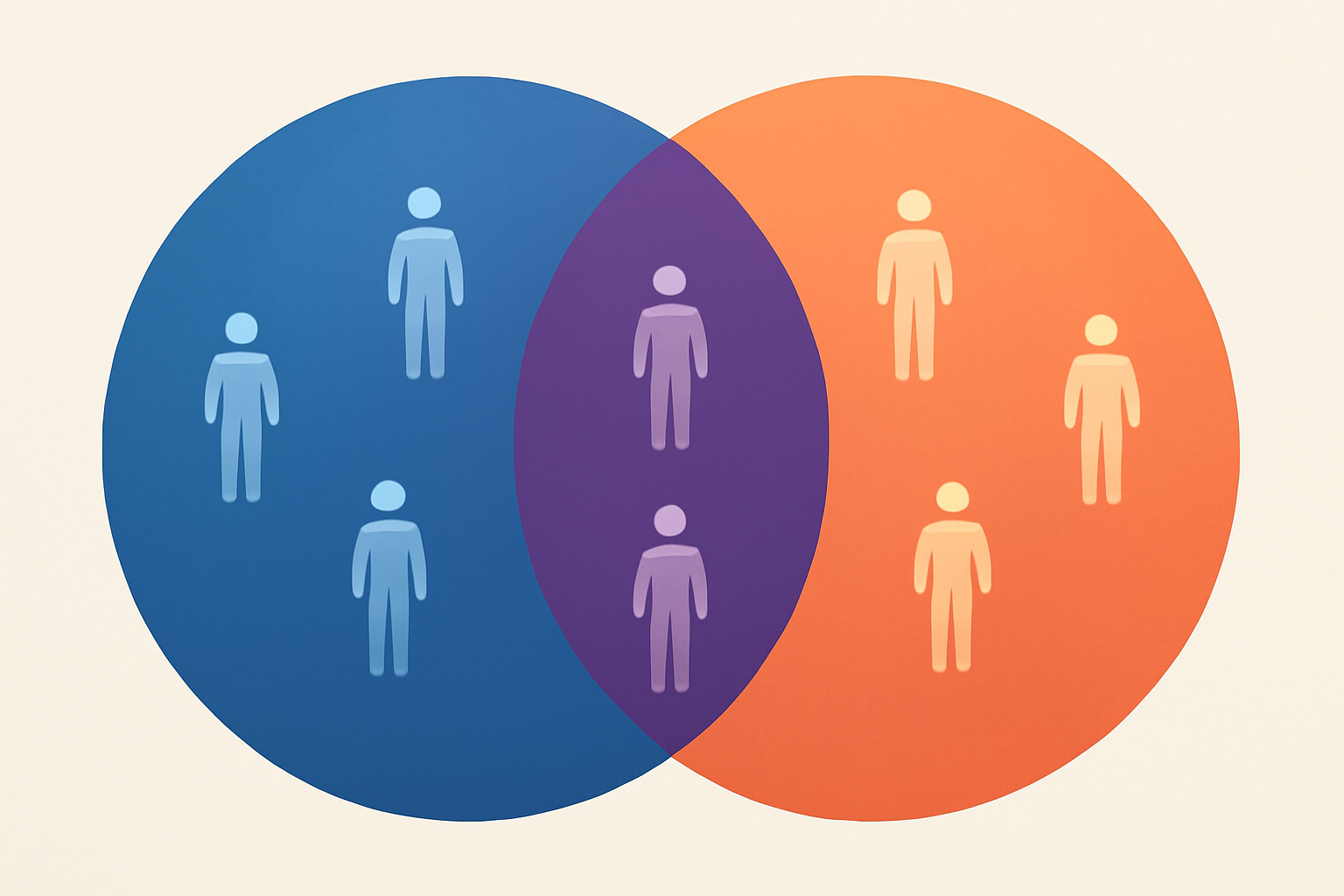 These conditions share overlapping symptoms like sleep disturbances, irritability, and difficulty concentrating, making a clear diagnosis challenging.
These conditions share overlapping symptoms like sleep disturbances, irritability, and difficulty concentrating, making a clear diagnosis challenging.
When both conditions exist simultaneously, treating just one may not provide full relief. Mental health professionals recommend integrated treatment approaches addressing both conditions, as this significantly improves outcomes and prevents symptom recurrence.
When and How to Seek Help for Anxiety
Critical Signs That Indicate Professional Help Is Needed
Recognizing when everyday stress has evolved into anxiety requiring professional attention is crucial for your wellbeing. If you've been wondering about the difference between anxiety and stress, here are clear indicators that it's time to seek help:
Anxiety symptoms that persist for more than 2-4 weeks, especially if they remain intense even during periods when stressors have subsided, suggest a potential anxiety disorder rather than normal stress. Many people experience temporary worry, but persistent symptoms are a key mental health warning sign.
Watch for functional impairment. When anxiety begins interfering with your ability to perform at work, maintain relationships, or complete daily tasks, this crosses an important threshold. Maybe you've missed deadlines, canceled social plans repeatedly, or struggle with basic routines like grocery shopping.
Avoidance behaviors are particularly telling. If you're restructuring your life to avoid anxiety triggers—declining job opportunities, refusing to drive, or skipping family gatherings—these limitations signal that professional help is warranted.
Pay attention to your distress levels. If anxiety symptoms cause significant suffering, affect your sleep for weeks, or make you feel constantly on edge, don't wait to reach out. Persistent physical symptoms like stomach problems, headaches, or racing heart that aren't explained by other medical conditions often indicate anxiety that needs treatment.
Types of Mental Health Professionals Who Treat Anxiety
Finding the right professional to help with your symptoms of stress and anxiety can feel overwhelming. Here's a breakdown of your options:
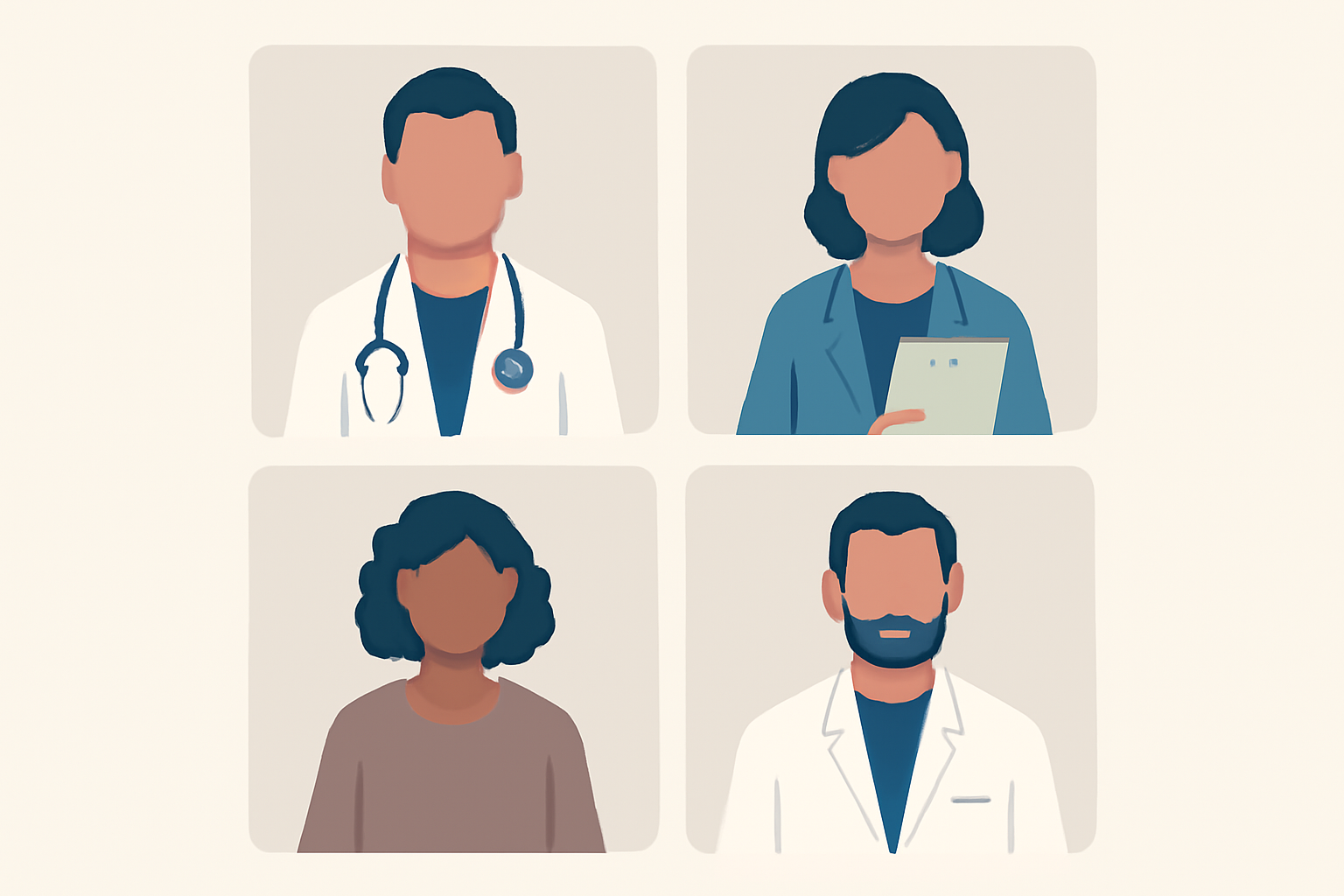
Psychiatrists are medical doctors who can prescribe medication and diagnose mental health conditions. They're particularly helpful if your anxiety has a strong biological component or if you might benefit from medication.
Psychologists have doctoral degrees (Ph.D. or Psy.D.) and provide therapy and psychological testing. They specialize in evidence-based treatments like Cognitive Behavioral Therapy (CBT), which has proven highly effective for anxiety disorders.
Licensed therapists and counselors (like LCSWs, LMFTs, or LPCs) offer various therapeutic approaches and tend to be more affordable than psychiatrists or psychologists. Many specialize specifically in anxiety treatment.
Your primary care doctor can be your first stop—they can rule out medical causes for your symptoms and provide referrals to specialists. However, they typically don't have specialized mental health training and may only offer medication management rather than comprehensive treatment.
When looking for the right fit, consider:
- Their experience treating your specific type of anxiety
- Whether they offer approaches that appeal to you
- If they accept your insurance
- Whether you feel comfortable with them after an initial consultation
What to Expect During Assessment and Treatment
Understanding the treatment process can help ease concerns about seeking help for recognizing anxiety disorders.
During your initial assessment, your provider will likely ask you to complete standardized questionnaires that screen for anxiety and related conditions. Common tools include the GAD-7 for generalized anxiety or the PHQ-9 if depression is suspected alongside anxiety. They'll also interview you about your symptoms, their duration, impact on your life, and your medical and family history.
Be completely honest during this process. Downplaying symptoms might lead to inadequate treatment. Remember that mental health professionals have heard it all before—nothing you share will shock them.
For treatment, Cognitive Behavioral Therapy (CBT) is considered the gold standard for anxiety disorders. This approach helps you identify and change thought patterns that fuel anxiety while gradually facing feared situations in a controlled way. Most people see improvement within 12-20 sessions, though this varies.
Medication options primarily include:
- SSRIs and SNRIs (like sertraline or duloxetine)
- Benzodiazepines for short-term relief
- Buspirone for generalized anxiety
Most people notice some improvement within 4-6 weeks of starting appropriate treatment, though complete symptom resolution may take several months. Some individuals benefit from combined approaches—both medication and therapy often work better than either alone.
Self-Help Strategies While Waiting for Professional Care
While awaiting professional help, several evidence-based strategies can help manage your anxiety symptoms:
Deep breathing exercises provide immediate physiological calming. Try the 4-7-8 technique: inhale for 4 counts, hold for 7, exhale for 8. Practice this several times daily, especially when feeling anxious.
Mindfulness meditation helps break the cycle of racing thoughts. Even 5-10 minutes daily can reduce anxiety sensitivity. The free Insight Timer app offers guided sessions specifically for anxiety.
Progressive muscle relaxation reduces physical tension. Tense and then release each muscle group from toes to head, noticing the contrast between tension and relaxation.
Lifestyle adjustments that can reduce symptom severity include:
- Limiting caffeine and alcohol
- Prioritizing 7-8 hours of sleep
- Regular physical activity (even walking helps)
- Maintaining social connections
While these self-help strategies are valuable tools for coping with anxiety and stress, they're not substitutes for professional care when anxiety is severe, persistent, or significantly impacting your life.
For crisis situations, know these resources:
- National Suicide Prevention Lifeline: 988
- Crisis Text Line: Text HOME to 741741
- Local emergency services: 911
Remember that seeking help isn't a sign of weakness—it's a proactive step toward reclaiming your wellbeing and quality of life.



